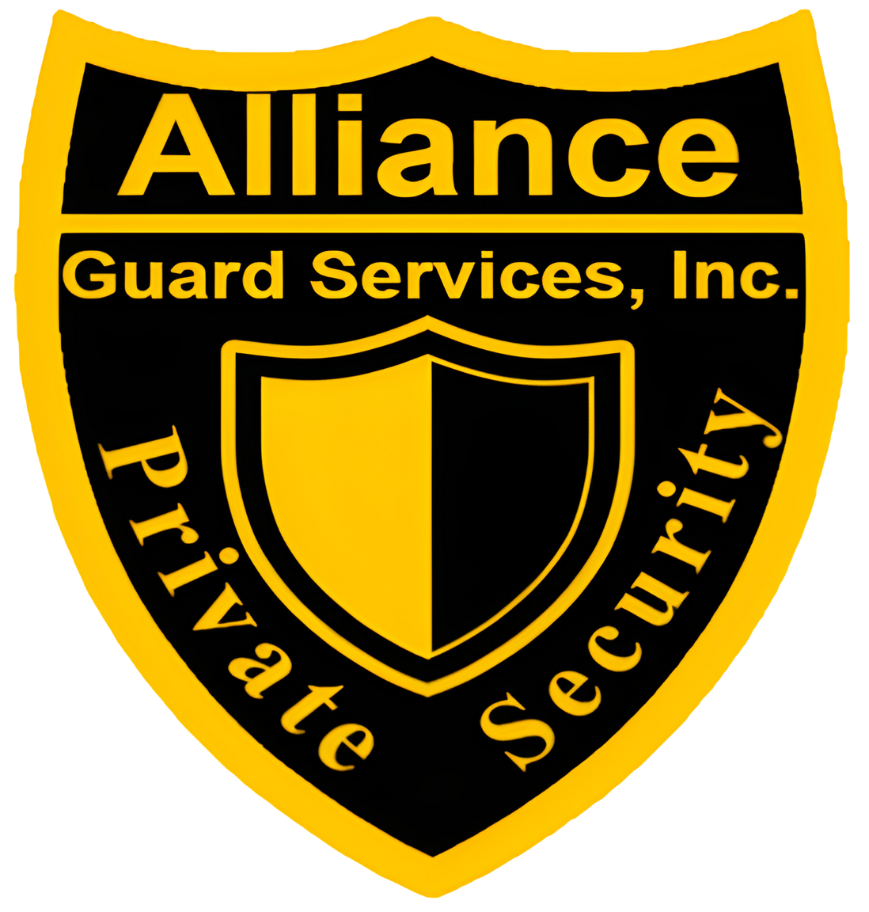How to Manage School Security?
Ensuring the safety and security of students, staff, and visitors is a top priority for educational institutions. Effective school security management involves implementing comprehensive measures to prevent, mitigate, and respond to potential threats and emergencies.
Importance of Effective School Security Measures
-
Ensuring the Safety of Students and Staff
The primary goal of school security measures is to create a safe and secure environment where students and staff can learn and work without fear or distraction. By implementing robust security measures, schools can reduce the risk of incidents such as violence, theft, and vandalism.
-
Creating a Positive Learning Environment
Moreover, effective school security measures contribute to the creation of a positive learning environment. When students feel safe and supported, they are more likely to focus on their studies and engage in extracurricular activities. Security measures help foster a sense of trust and confidence within the school community.
Components of School Security Management
School security management encompasses various components that work together to ensure the safety and security of the school environment.
-
Physical Security Measures
Physical security measures include strategies and technologies designed to control access to school buildings and grounds. This may include the installation of access control systems, surveillance cameras, and the presence of security personnel.
-
Proactive Risk Assessment
Proactive risk assessment involves identifying potential threats and vulnerabilities within the school environment. By conducting thorough assessments, schools can identify areas of concern and prioritize mitigation strategies to address them effectively.
-
Emergency Preparedness Planning
Effective emergency preparedness planning is essential for schools to respond swiftly and effectively to various emergencies, including natural disasters, intruders, and other threats. This involves establishing protocols for different scenarios, conducting drills and training exercises, and collaborating with law enforcement and emergency services.
Implementing Physical Security Measures
To enhance school security, institutions can implement various physical security measures.
-
Access Control Systems
Access control systems regulate entry to school buildings by requiring individuals to present credentials or use electronic key cards for access. This helps prevent unauthorized entry and enhances overall security.
-
Surveillance Systems
Surveillance systems, including CCTV cameras, are essential tools for monitoring school premises and deterring potential threats. High-quality cameras strategically placed throughout the campus provide valuable visual information to school administrators and law enforcement in the event of an incident.
-
Security Personnel
Having trained security personnel onsite can further bolster school security efforts. Security guards can patrol the premises, monitor surveillance feeds, and respond promptly to any security concerns or emergencies.
Conducting Proactive Risk Assessment
Proactive risk assessment is crucial for identifying and addressing potential security threats before they escalate.
-
Identifying Potential Threats and Vulnerabilities
Schools should conduct comprehensive assessments to identify potential threats and vulnerabilities, including physical security risks, cyber threats, and social risks such as bullying and harassment.
-
Assessing Risks and Prioritizing Mitigation Strategies
Once potential threats and vulnerabilities are identified, schools should assess the level of risk associated with each and prioritize mitigation strategies accordingly. This may involve implementing physical security measures, enhancing cybersecurity protocols, and implementing policies and procedures to address social risks.
Developing Emergency Preparedness Plans
Effective emergency preparedness planning is essential for schools to respond swiftly and effectively to various emergencies.
-
Establishing Protocols for Various Scenarios
Schools should develop detailed emergency preparedness plans that outline protocols for different scenarios, including lockdowns, evacuations, and medical emergencies. These plans should be regularly reviewed and updated to reflect changes in the school environment and emerging threats.
-
Conducting Drills and Training Exercises
Regular drills and training exercises are essential for ensuring that students, staff, and administrators know how to respond to different emergency scenarios. These drills help familiarize everyone with evacuation routes, emergency procedures, and communication protocols.
-
Collaborating with Law Enforcement and Emergency Services
Schools should establish partnerships with local law enforcement agencies and emergency services to enhance emergency response capabilities. Collaborating with these agencies facilitates coordination and ensures a rapid response to emergencies.
Involving the School Community
Involving the school community in security management efforts is essential for creating a safe and supportive environment.
-
Engaging Students, Parents, and Teachers
Schools should actively engage students, parents, and teachers in security management efforts. This may involve soliciting feedback, raising awareness about security protocols, and encouraging participation in safety drills and training exercises.
-
Establishing Reporting Mechanisms for Suspicious Activity
Schools should establish reporting mechanisms for students, staff, and visitors to report suspicious activity or concerns. Encouraging open communication helps identify potential threats early and allows for timely intervention.
Ensuring Compliance with Regulations and Standards
Schools must ensure compliance with applicable regulations and standards governing school security.
-
Understanding Legal Requirements
School administrators should familiarize themselves with federal, state, and local laws and regulations related to school security. This includes laws governing access control, surveillance, and emergency preparedness.
-
Adhering to Industry Best Practices
In addition to legal requirements, schools should adhere to industry best practices for school security management. This may involve consulting with security experts, participating in training programs, and staying informed about emerging threats and trends.
Continuous Evaluation and Improvement
Continuous evaluation and improvement are essential for maintaining effective school security measures.
-
Monitoring Security Measures Effectiveness
Schools should regularly monitor the effectiveness of their security measures and adjust them as needed. This may involve analyzing security incidents, conducting security audits, and soliciting feedback from stakeholders.
-
Soliciting Feedback and Implementing Changes
School administrators should actively solicit feedback from students, staff, and parents regarding security measures and policies. This feedback can help identify areas for improvement and guide decision-making regarding security management.
Conclusion
Effective school security management is essential for ensuring the safety and security of students, staff, and visitors within educational institutions security. By implementing comprehensive security measures, conducting proactive risk assessments, and collaborating with the school community and emergency services, schools can create a safe and supportive environment where learning can thrive.
FAQs manage school security
1) How often should schools conduct security drills?
Schools should conduct security drills regularly throughout the academic year to ensure that students and staff are prepared to respond effectively to various emergency scenarios.
2) What role can students play in school security management?
Students can play an active role in school security management by reporting suspicious activity, participating in security drills, and promoting a culture of safety and respect.
3) Are there specific regulations governing school security measures?
Yes, there are federal, state, and local regulations that govern school security measures, including laws related to access control, surveillance, and emergency preparedness.
4) How can schools address cybersecurity threats?
Schools can address cybersecurity threats by implementing robust cybersecurity protocols, educating students and staff about cybersecurity best practices, and regularly updating software and systems.
5) What resources are available to help schools enhance their security measures?
There are various resources available, including government agencies, nonprofit organizations, and professional associations, that offer guidance, training, and funding opportunities to support school security initiatives.


